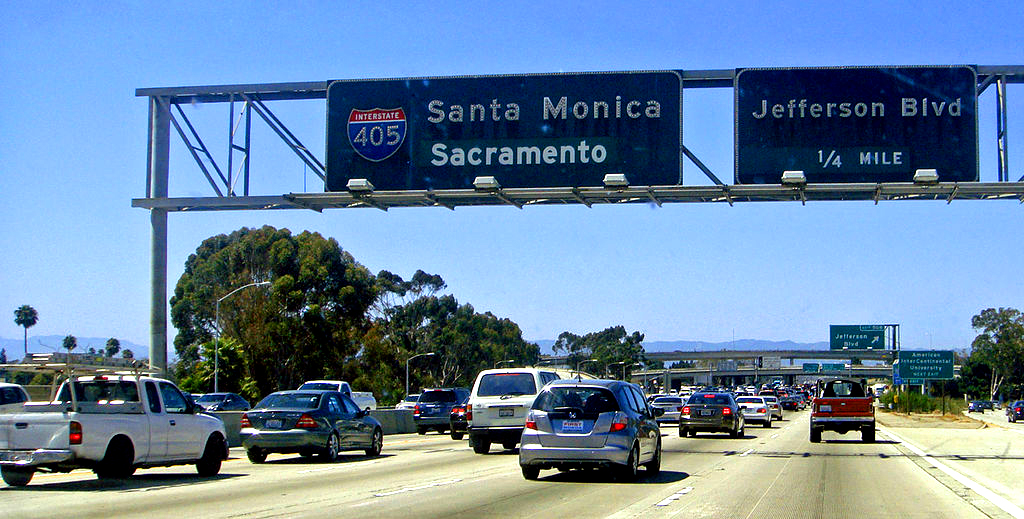California drivers generate 40 million used tires every year, and everyone from sellers to policymakers has struggled to figure out what to do with them.
Old tires can be burned as fuel, or end up in landfills.
But California lawmakers want more tires to be recycled--and created an elaborate infrastructure to see that they were.
DON'T MISS: California Approves Aggressive New Plans To Combat Climate Change (Jun 2015)
There's just one thing those environmentally-minded lawmakers didn't count on.
Over the past year, large numbers of tires have been exported from California to Asia, and they've come back across the ocean as smog, according to a recent report by TakePart.
A system of regulations and incentives has ensured that more used tires in California are recycled.

Beijing smog
Recycling was never the cheapest option, and Asian buyers looking to burn tires as fuel in factories or use their rubber in new tires were eager to take something everyone else wanted to get rid of.
So instead of going to recycling facilities, tires started getting compressed into "bales" and sent overseas.
ALSO SEE: Cooper Tire: We Will Make Complete Tire From Desert Shrub In 2017 (Aug 2015)
Exports are a negligible part of California's scrap tire market in 2007, but they increased steadily in 2008 and 2009, according to CalRecycle--the agency in charge of California's recycling scheme.
In 2010, exports doubled to about one fifth of the market. In 2011, they were a quarter of the market.
And all of those exported tires have come back to haunt Californians.

Golden Gate Bridge, connecting San Francisco and Marin County, California
While Western states significantly reduce pollution between 2005 and 2010, their air quality remained the same because of a simultaneous increase in emissions from China, according to a 2015 study by NASA's Jet Propulsion Laboratory published in the journal Nature Geoscience.
In addition to contributing to excess emissions, the exports also starved California's tire market of material, potentially damaging the state's ability to recycle tires on a large scale.
MORE: Bridgestone Pledges One-For-One Old Tire Reuse Or Recycling (Apr 2012)
In 2013 and 2014, though, China's economy slowed, and the price of Australian coal decreased.
This ended the period of rampant exports, and analysts believe California's recycling infrastructure will recover.
In fact, lawmakers are pushing even more aggressive goals.

Traffic at the I-10 & I-405 interchange in Los Angeles, California (by Mario Roberto Duran Ortiz)
To help meet that goal, proposed Assembly Bill 1239 would add another fee to the one the state already charges on new tires.
This would help fund additional measures by CalRecycle to incentivize recycling.
_______________________________________________











